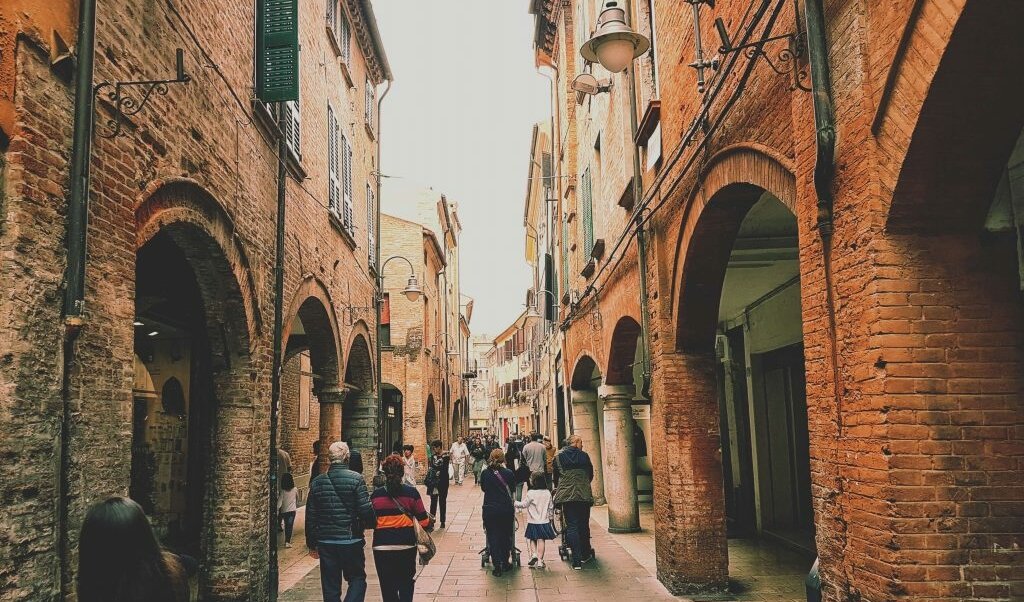THE MEDIEVAL CENTER
Through this itinerary we will show you the fulcrum of city life in Ferrara from the Middle Ages to the present day: this is the area around the Cathedral, an area designed to become the organic centre of the city, the place where the main representative buildings are located.
Even today this place is still the favourite meeting point of the people of Ferrara and a place of exchange where markets, street markets, cultural and social events are held on a regular basis.
We invite you to follow us through the liveliest streets of the city and discover how the highlights of the medieval layout have been handed down to the present day.
From the outside, you will also be able to enjoy some of the most beautiful churces of the city, still closed after the heartquake of 2012.

